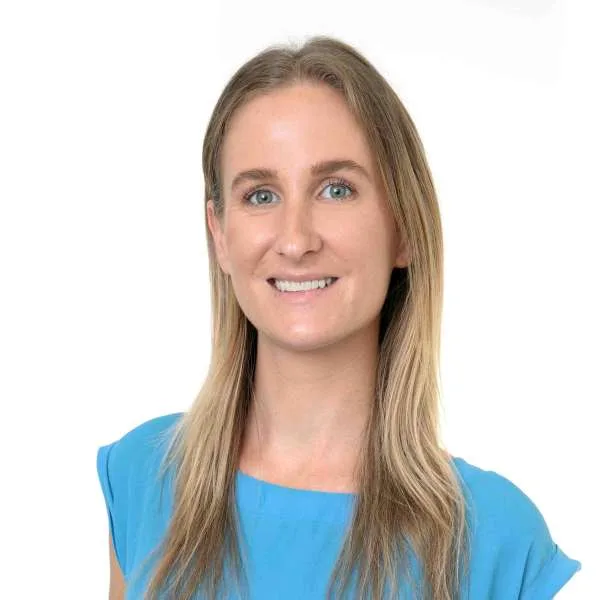We rely on our proprietary algorithm to get our top super fund picks, as seen on our best super funds guide. Developed by Finder's data scientists and superannuation experts, our algorithm calculates hundreds of different data points to rank Australian super funds against a set of criteria.
The algorithm we've developed works behind the scenes to do the hard work for you when comparing super funds.
The super fund products we compare
Our algorithm compares the default product offered by more than 50 superannuation funds including retail, member-owned and industry super funds. Most of these are MySuper products and can be either a pre-mixed balanced/growth portfolio option or a lifestage/lifecycle investment option (more on how we treat lifestage options below).
Our algorithm does not look at every superannuation product available in the market. We have excluded the additional super investment products offered by funds outside of their default product. For example, we didn't look at the high growth, conservative, indexed or ethical investment option offered by the funds (unless it was the default option). We also didn't look at individual asset class options.
The reason we've narrowed down our comparison to the default super products is because these are where the majority of Australians have their super invested. Sticking with these funds means our algorithm can compare 'apples with apples', and offer a more accurate, useful and fair side-by-side comparison for you.
The performance, fees and investment data for these products is supplied to Finder by leading super research group Chant West.
How do we choose our super fund 'top picks'?
Our superannuation experts select a range of criteria that should be considered for each category. Not only do we select which features should be considered for each category, but we also decide how much weight each different feature should be given towards the super product's overall rank for each category. This is because, depending on the category, some features are more important than others.
Our data scientists then created an algorithm to calculate each super product's rank for each different category, taking into account the various data points and the weighting of those data points. The super product that ranks number one in a certain category is our top pick for that category.
Here's how we treat lifestage investment products.
Some super funds offer one pre-mixed portfolio as the default MySuper product to all members, regardless of their age. Other super funds offer a lifestage investment option as the default MySuper product, which means the investment product will be different depending on your age.
To calculate one single rank for a lifestage product that might have 10+ different life stages within it, we split the product up into three key age groups. We recorded the data points (for example the fees and performance) for members aged 20, 43 and 66. Then, the algorithm takes an average score of these three life stages, and arrives at one final rank for the lifestage super product.
Our superannuation specialists selected these three ages, 20, 43 and 66, so we can get an accurate average rank of the lifestage product for the largest variety of members. Each key age group is considered; young members just joining the workforce, middle-age members with established super balances who are still building their retirement wealth and, lastly, pre-retirees who are protecting their super balance.
By splitting the lifestage product into key age groups, the algorithm can more accurately compare these products against the single balanced or growth products offered by other funds.
Ask a question
More guides on Finder
-
Superannuation in your 30s and 40s
By 30 you need around $35,000 in your super to be on track, and by 40 you should $140,000. Here's how to boost your super for a comfortable retirement.
-
How much super should I have at 50?
How much super should you have by 50 if you want a comfortable retirement, and what do you do if you're behind?
-
Superannuation mistakes
Here are the 7 most common mistakes people make with their super, and how you can avoid them.
-
Superannuation calculator
Use our free superannuation calculator to see your projected retirement balance, and how this could change by switching funds.
-
How much super should I have?
The average super balance is $154,350. Compare your super balance against the average balance for your age group to see if yours is on track.
-
Worst Super Funds
Here’s a current list of the worst-performing super funds in Australia and steps for how to switch to a better fund.
-
Conservative super funds
Conservative super funds are designed to protect your superannuation savings. These funds have more money invested in low-risk, defensive assets like cash, fixed interest and bonds and less money invested in shares.
-
AustralianSuper vs Australian Ethical Super
Trying to decide between AustralianSuper and Australian Ethical Super? We've compared their fees, performance and investments to help you choose.
-
Best super funds Australia – 5 expert picks
We've analysed Australian super funds to find the best-performing super funds, the best industry super funds and the best super fund for low fees. Find the right super fund for you.
-
Best superannuation for under 18s
When you start your first job you'll need to open a bank account, a super fund and understand what your tax obligations are.
